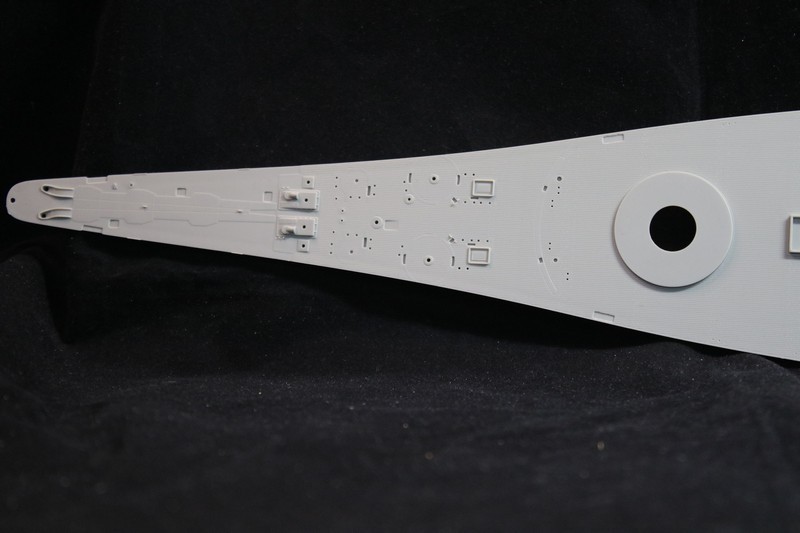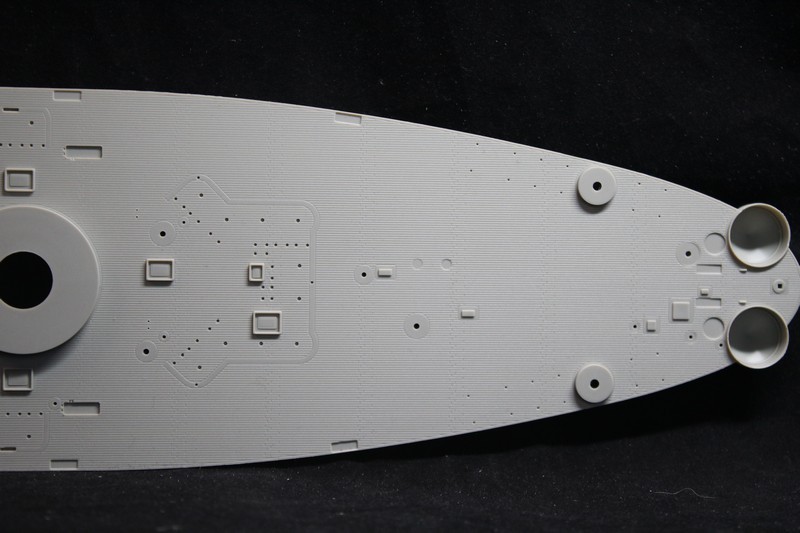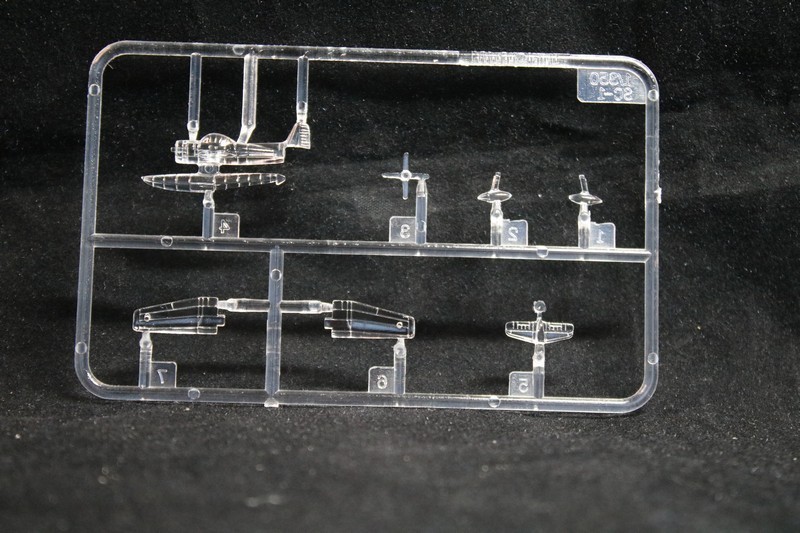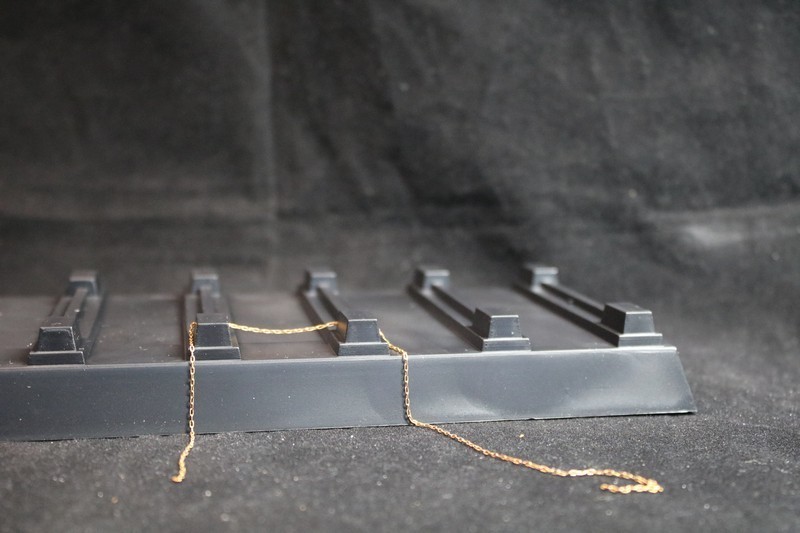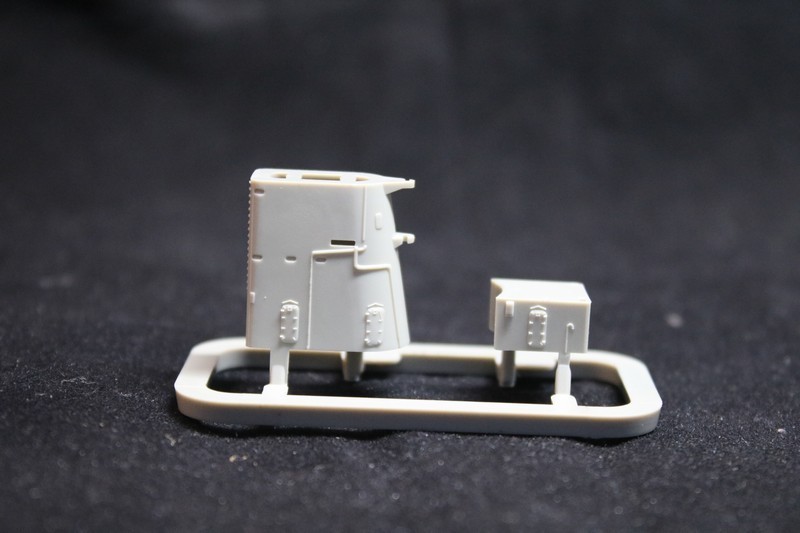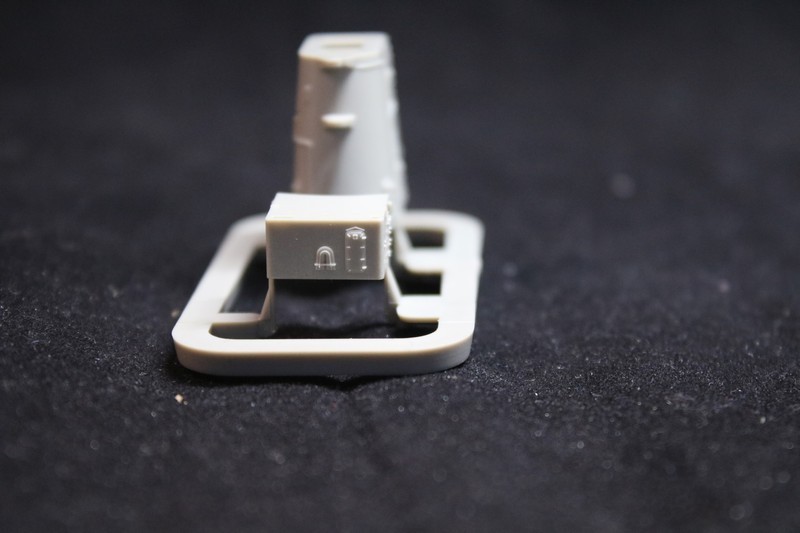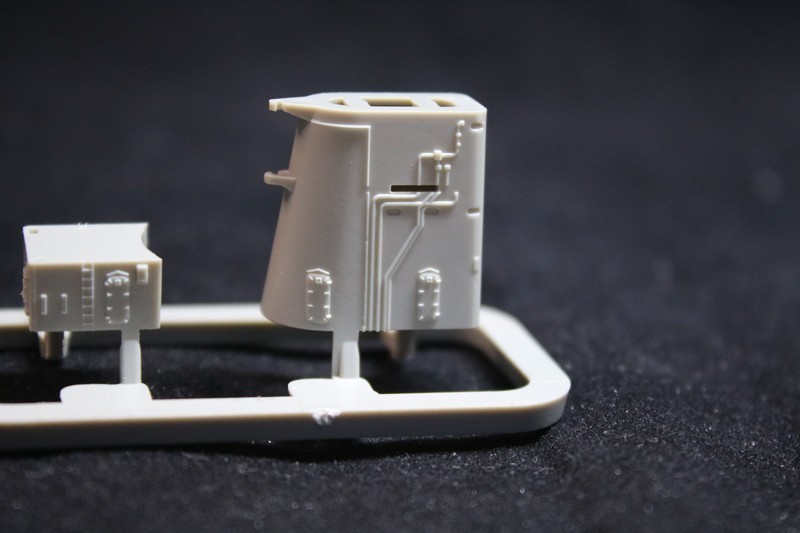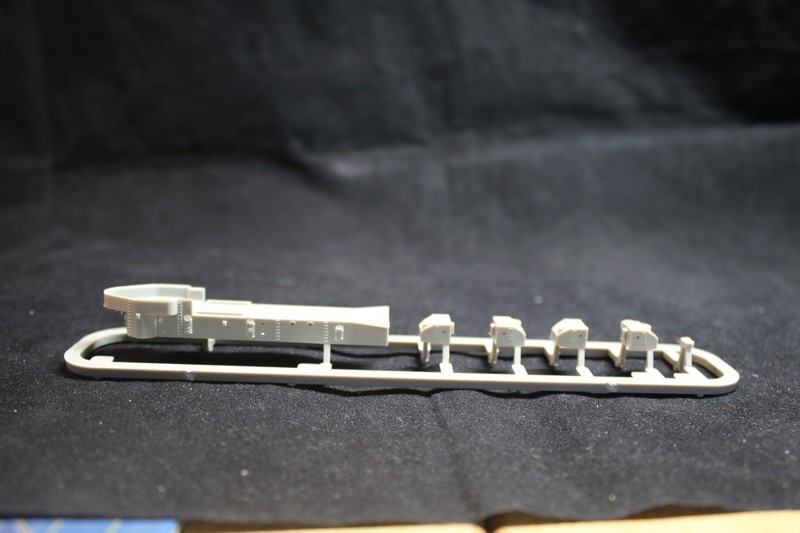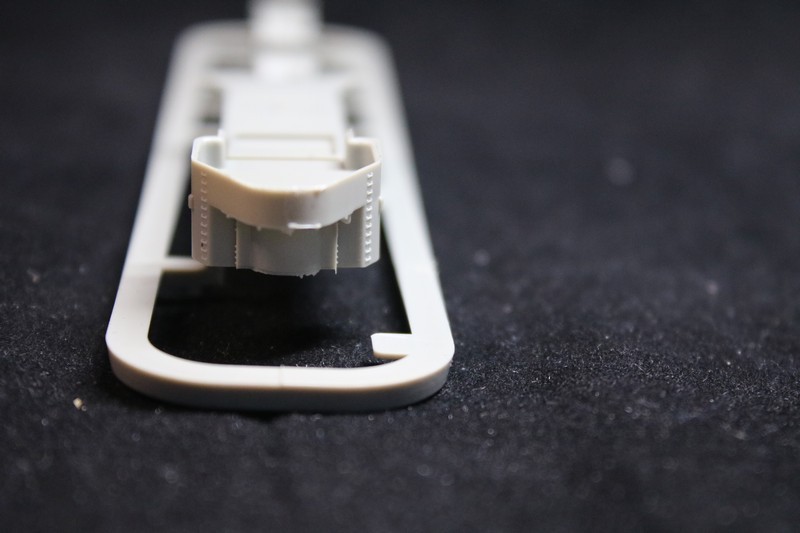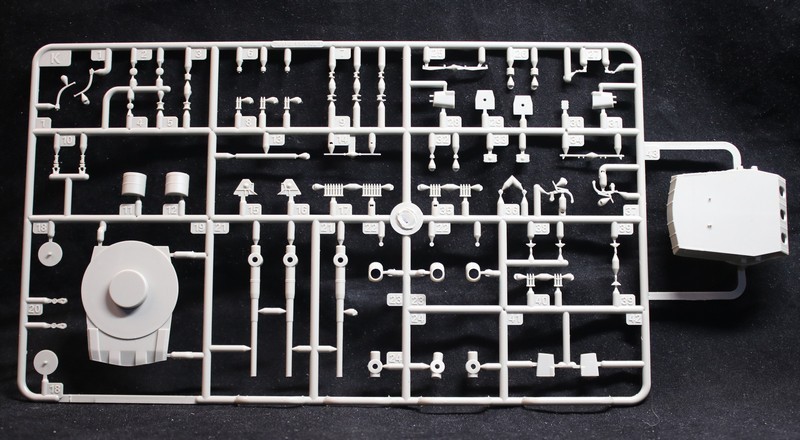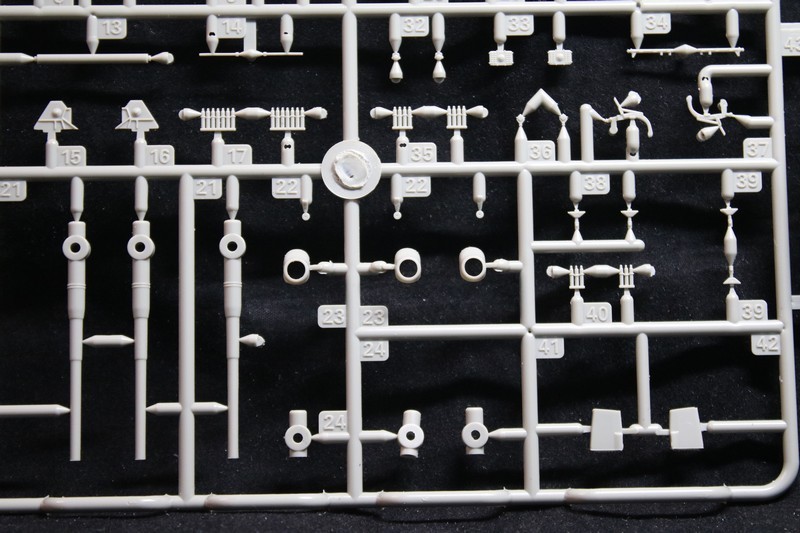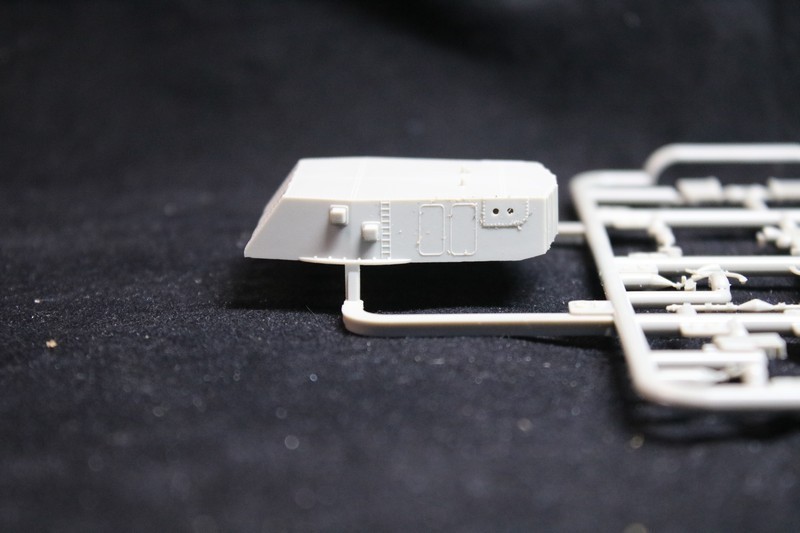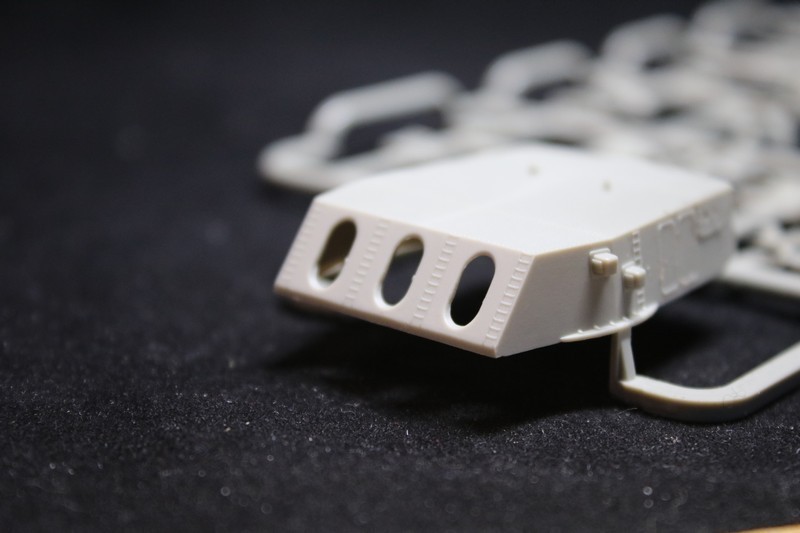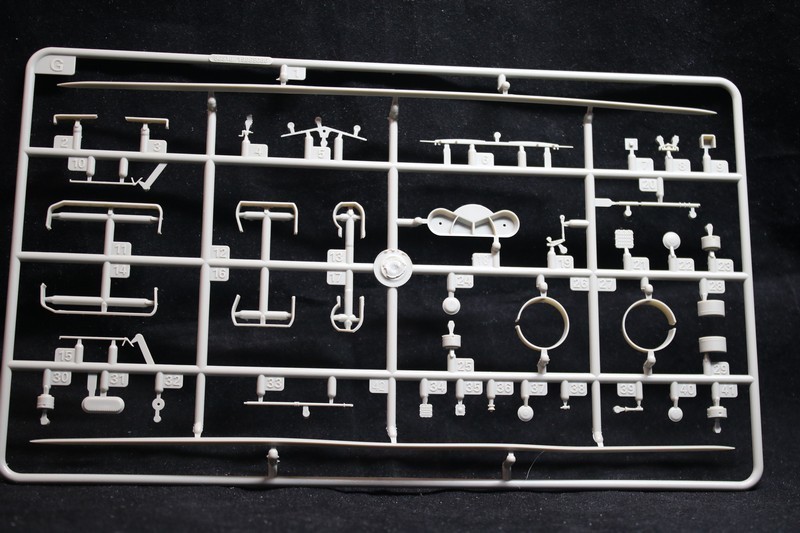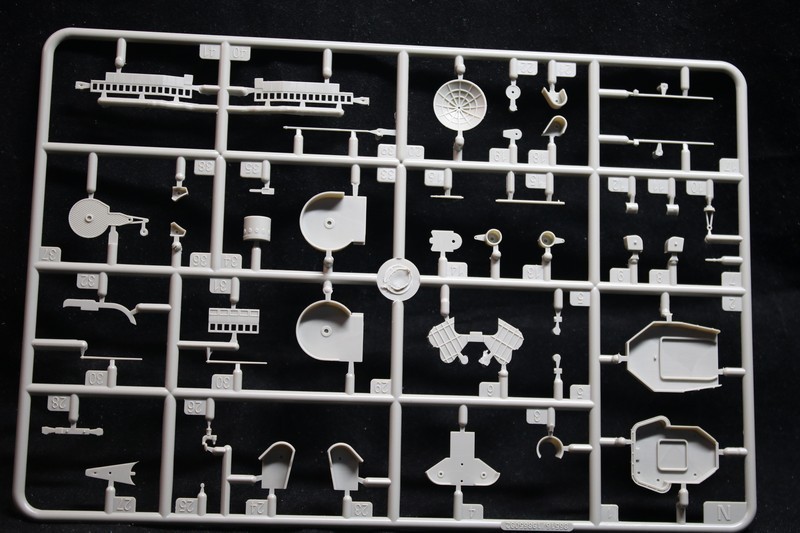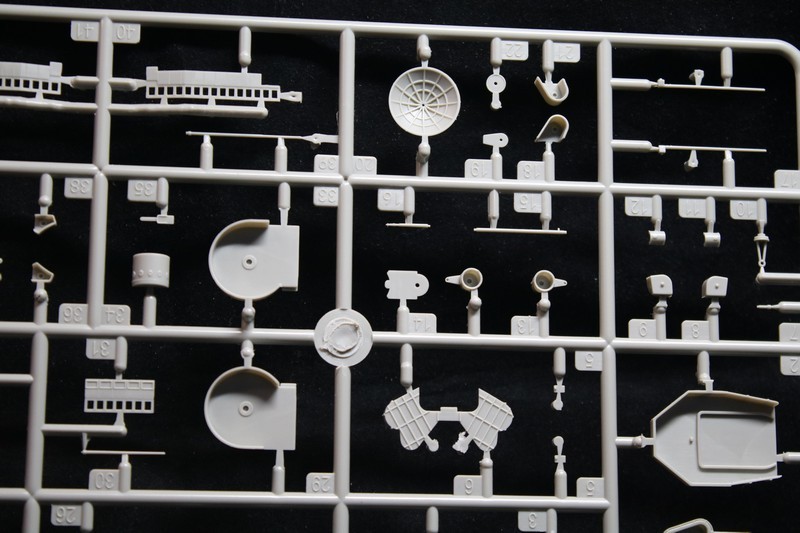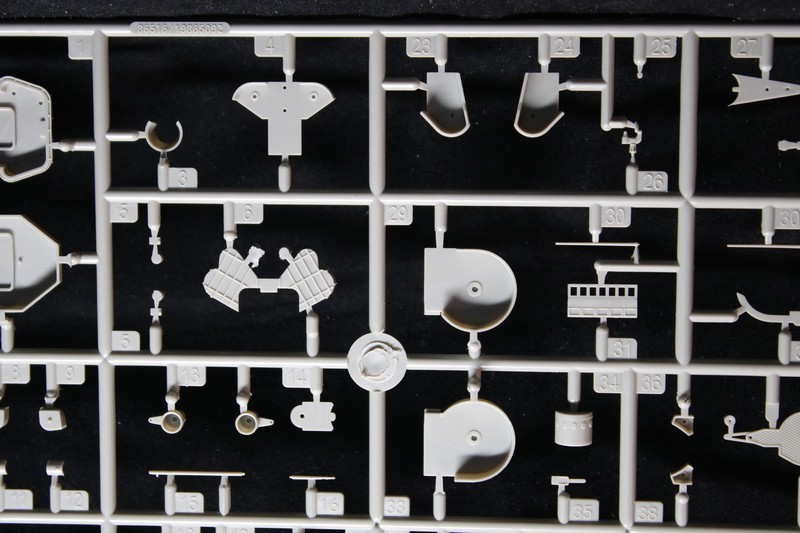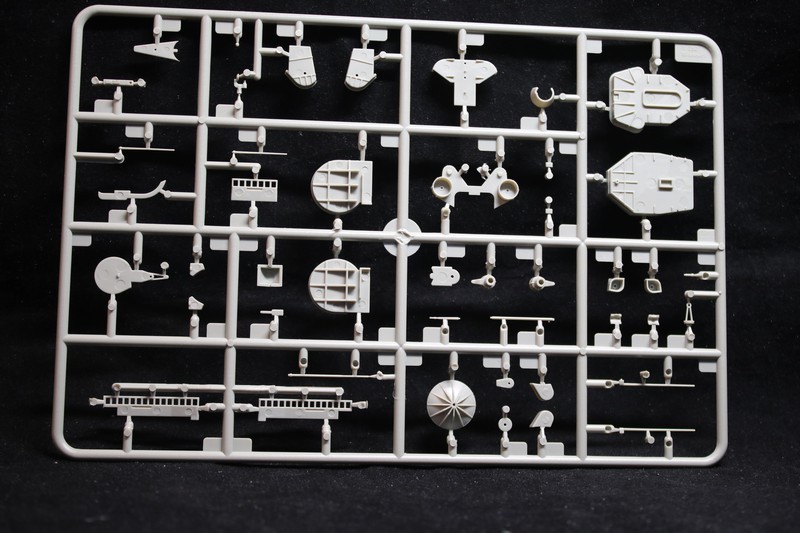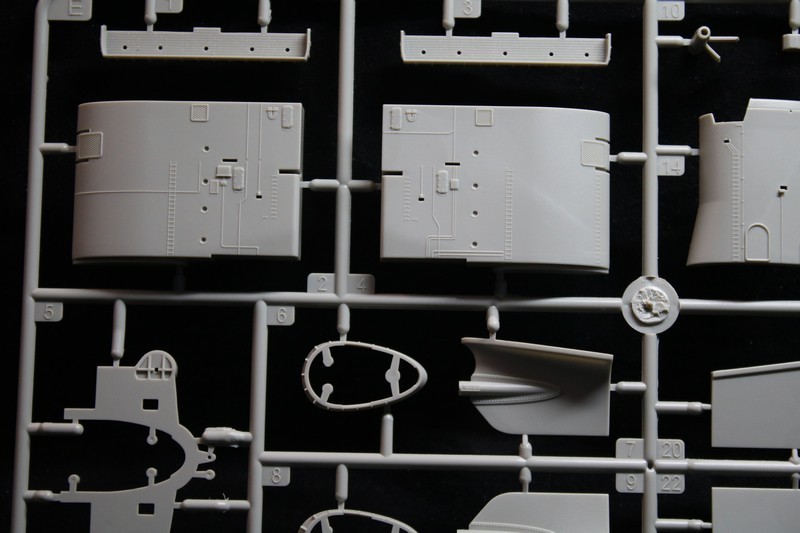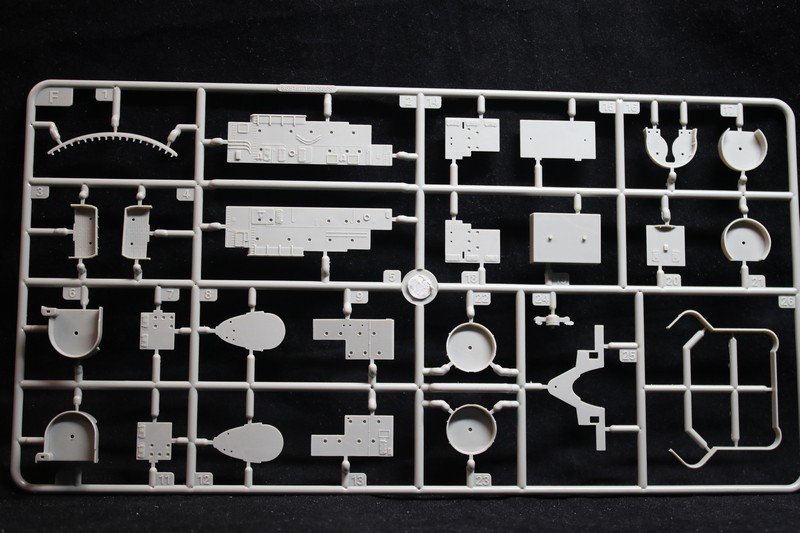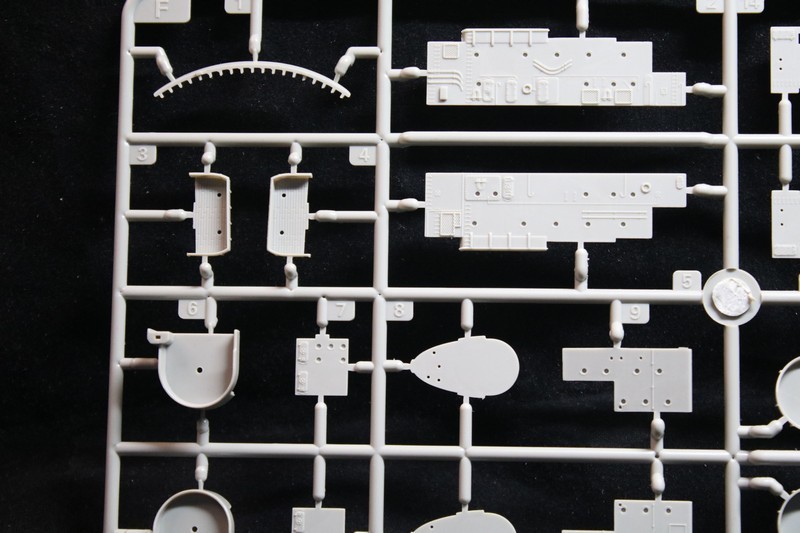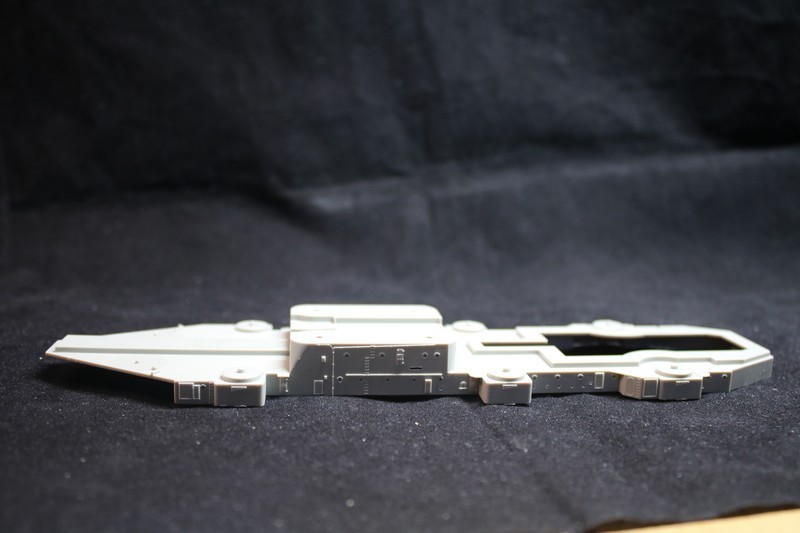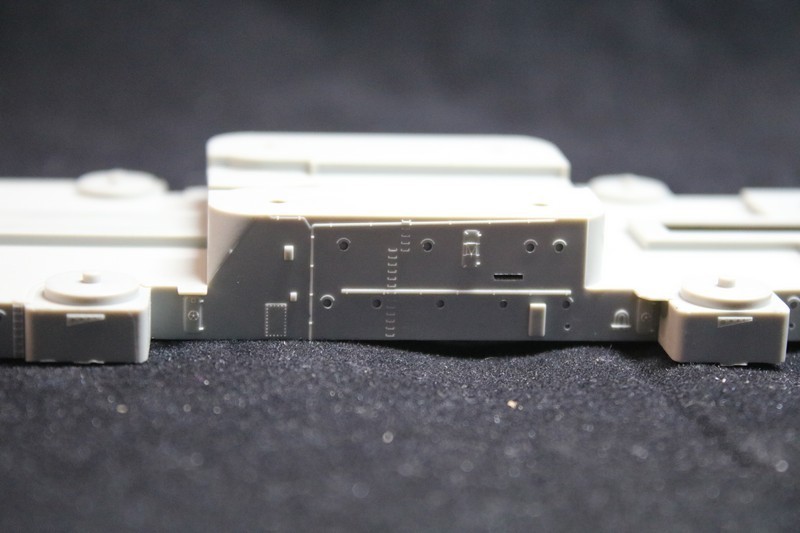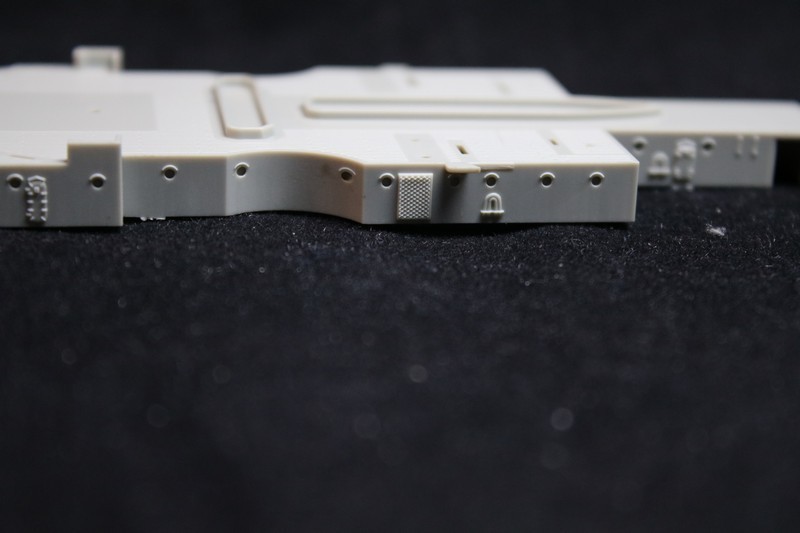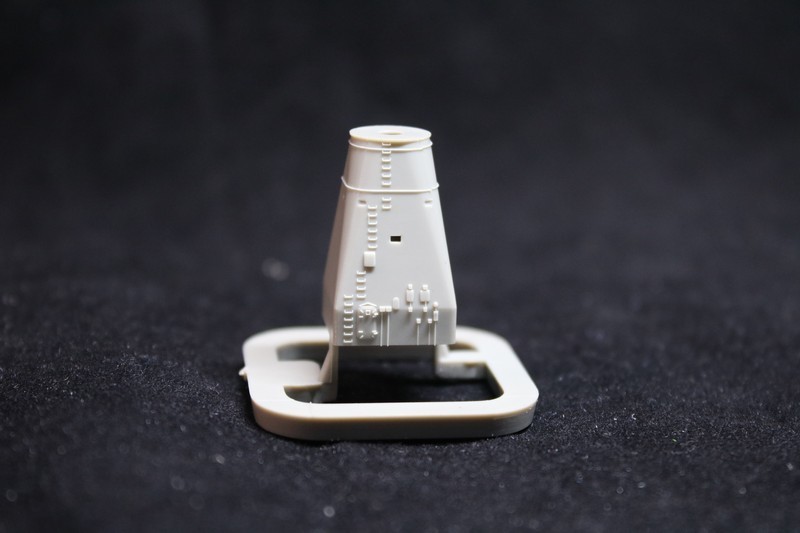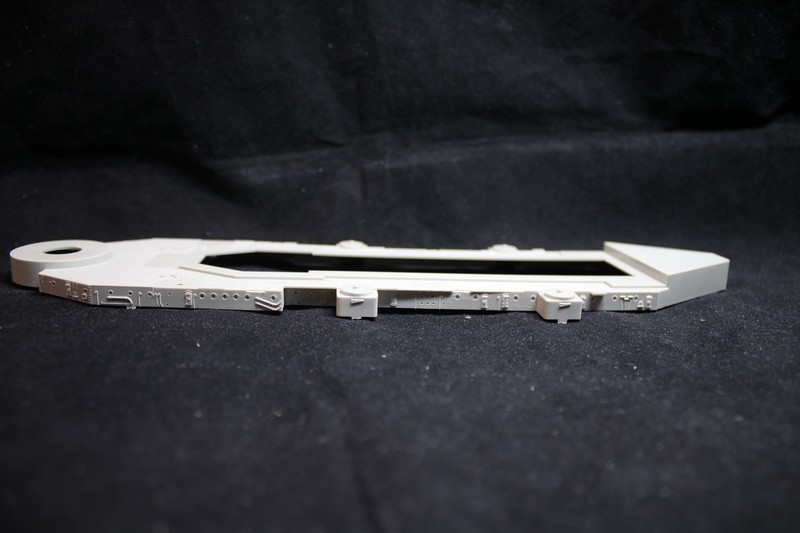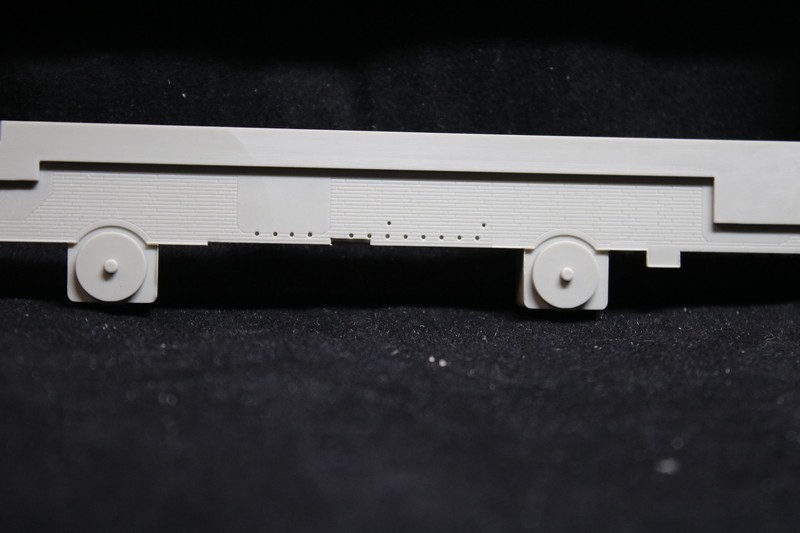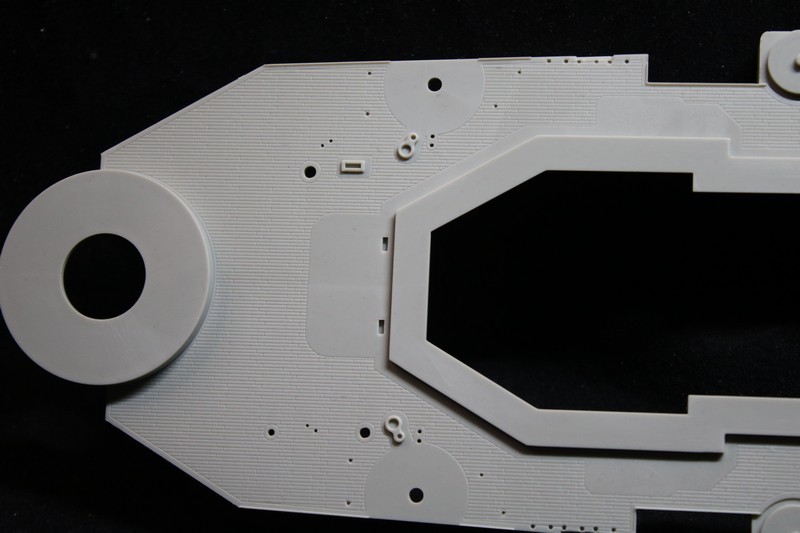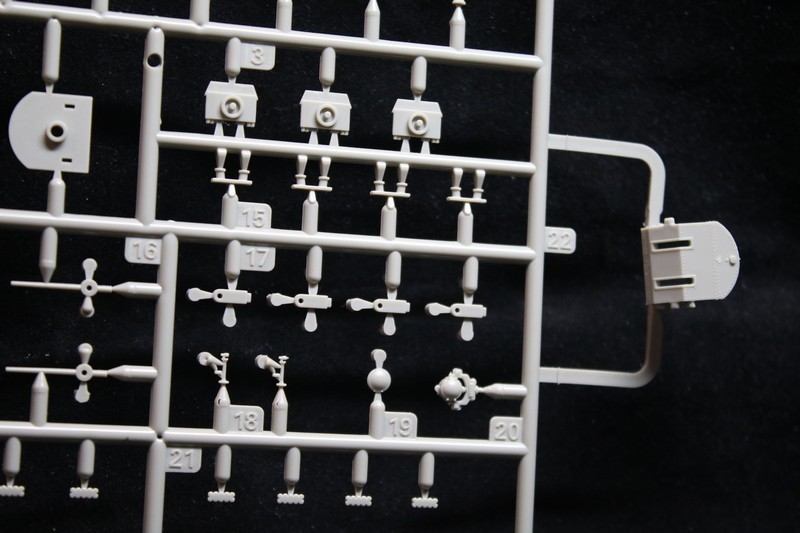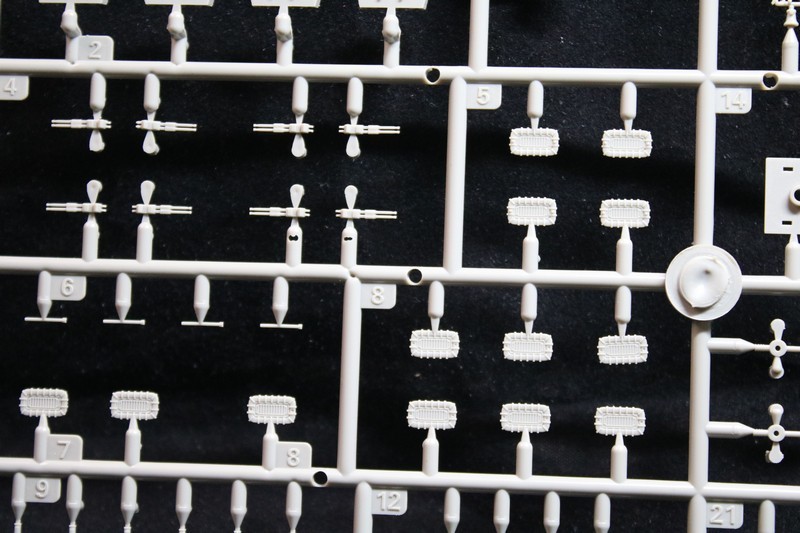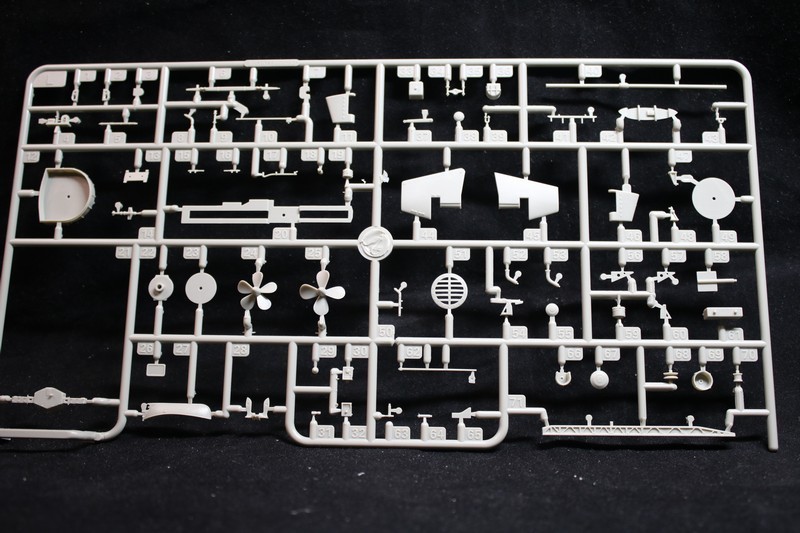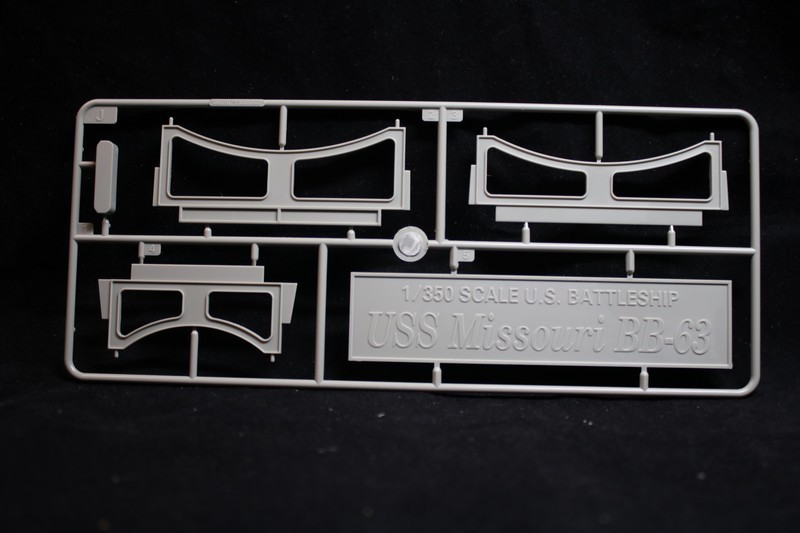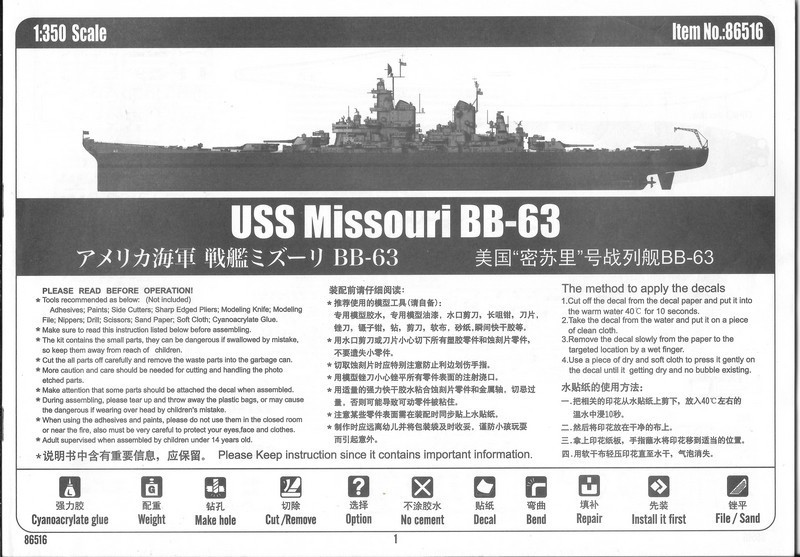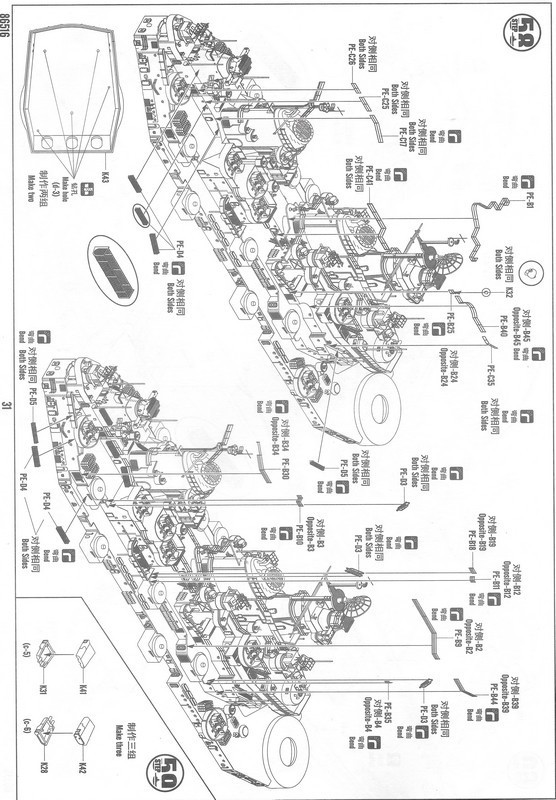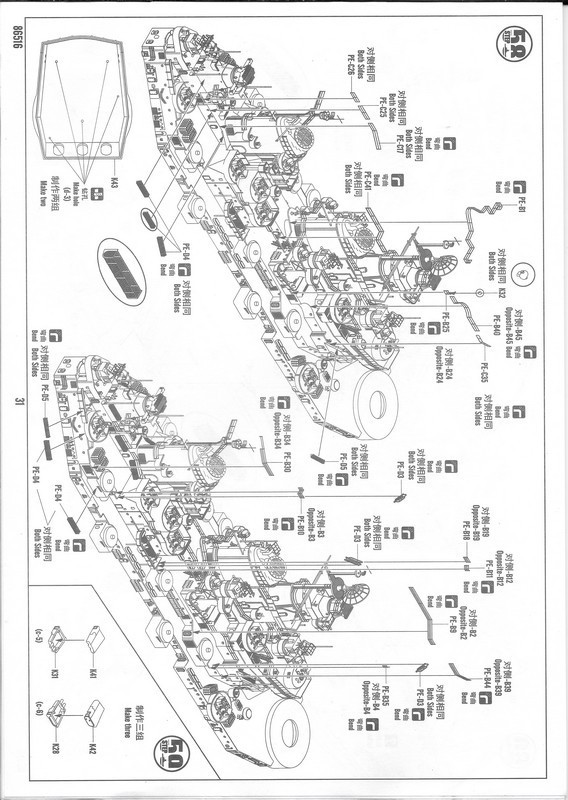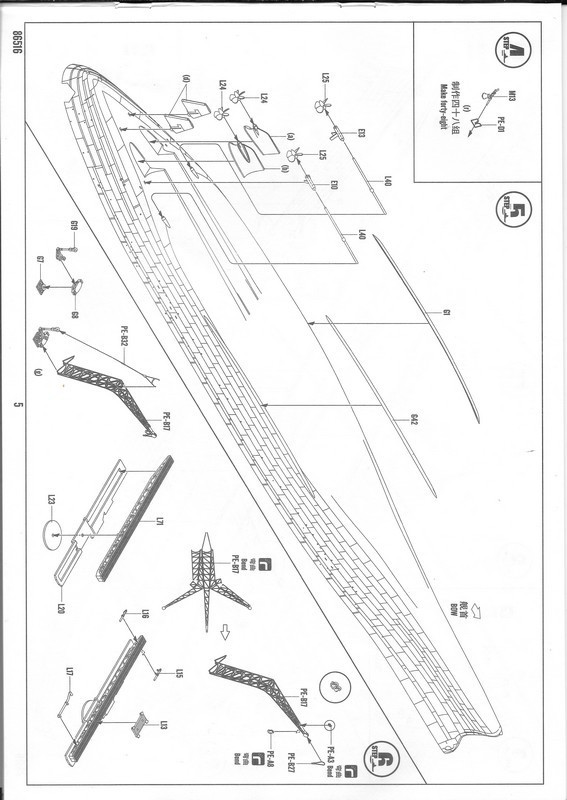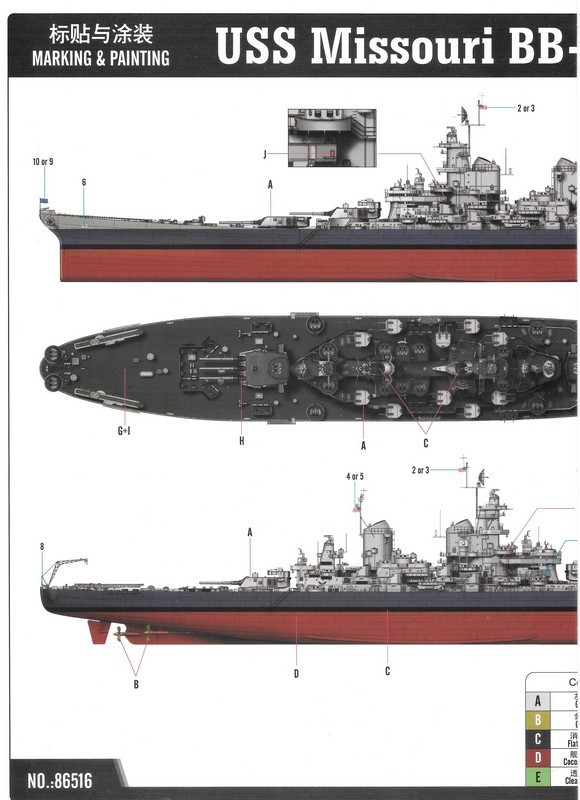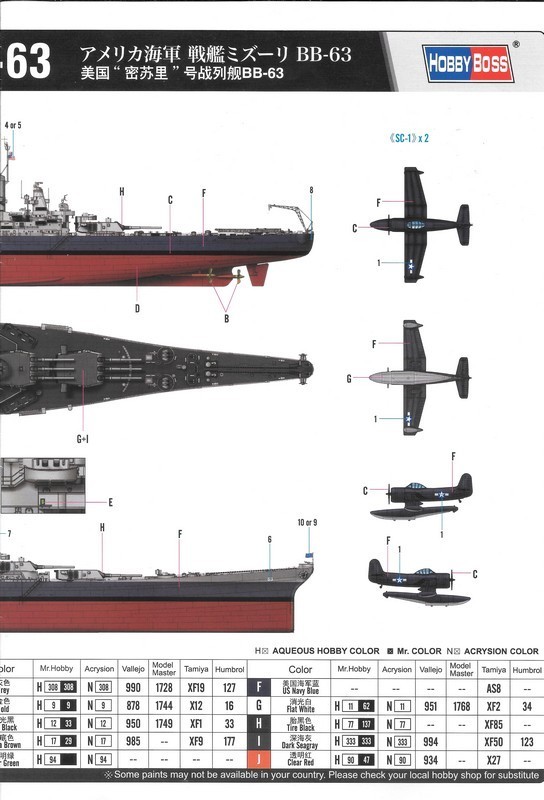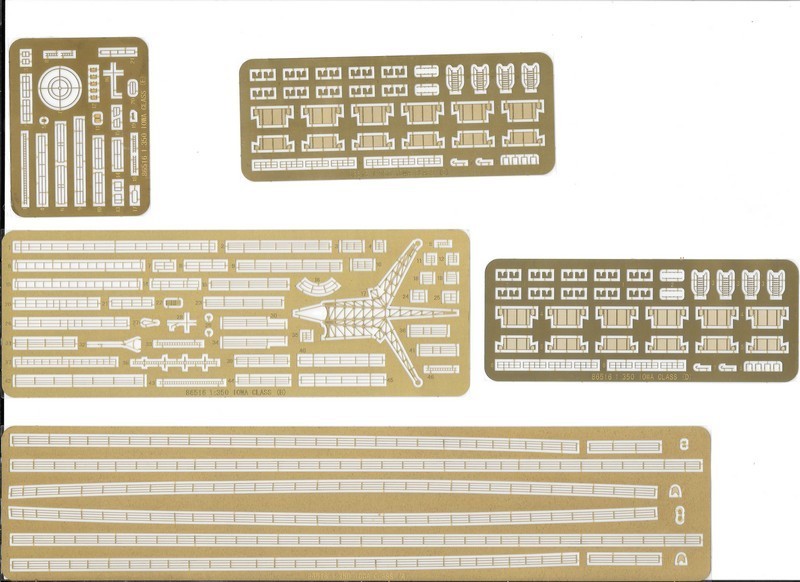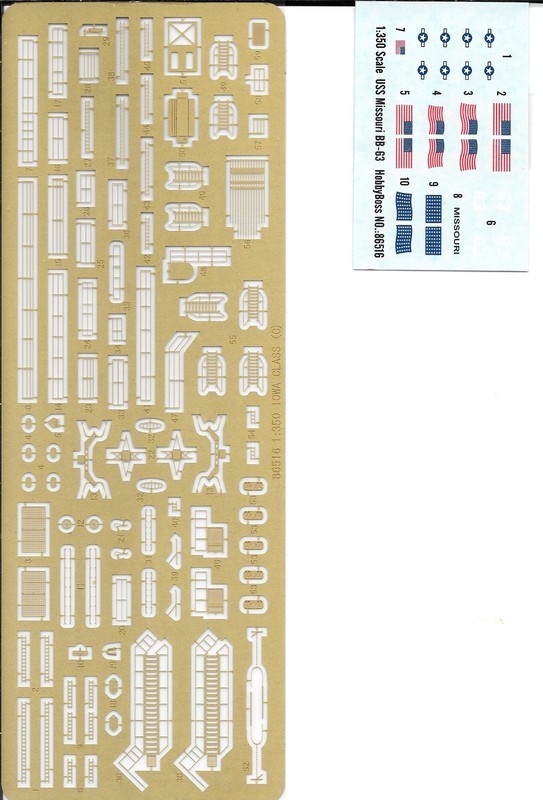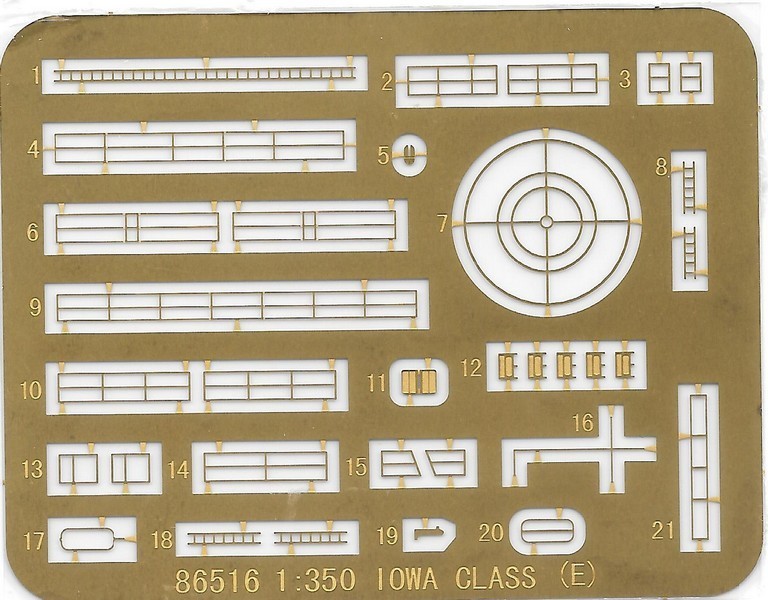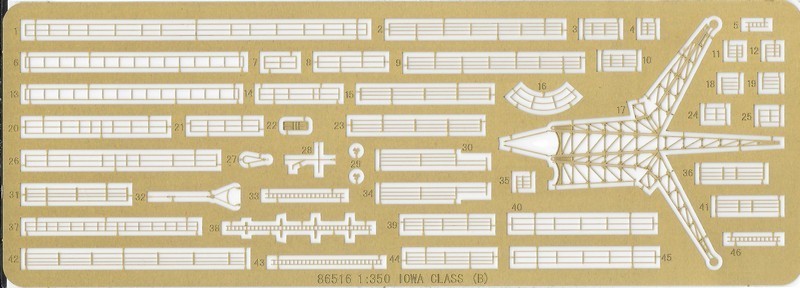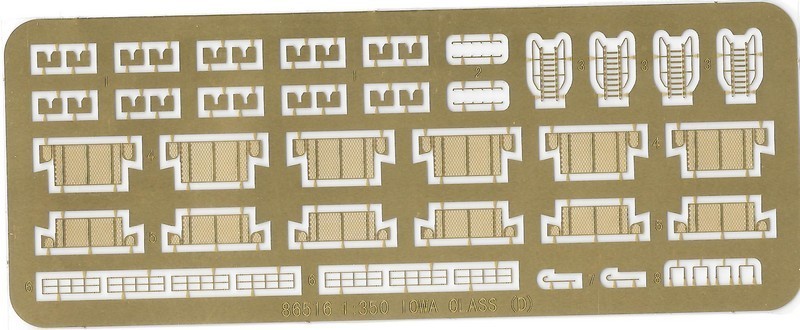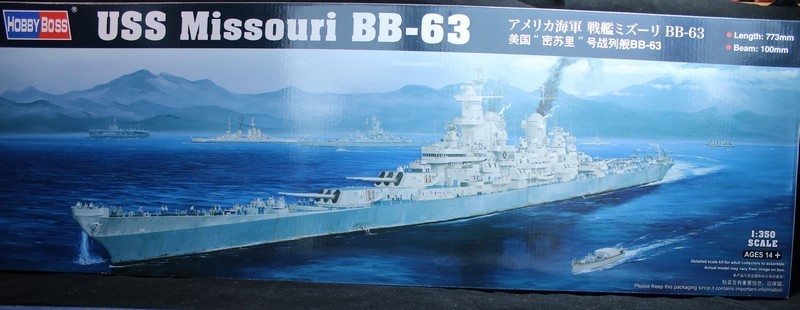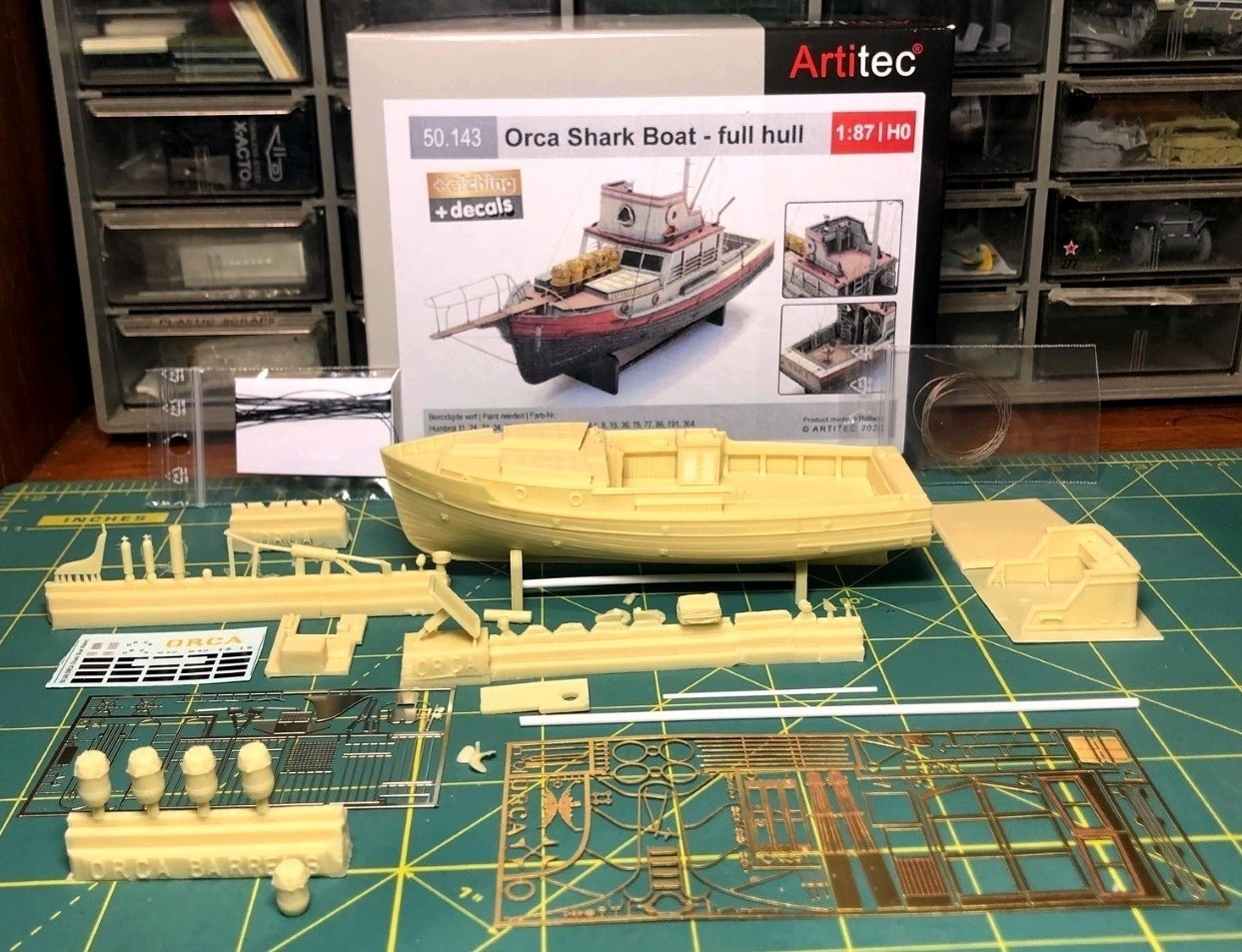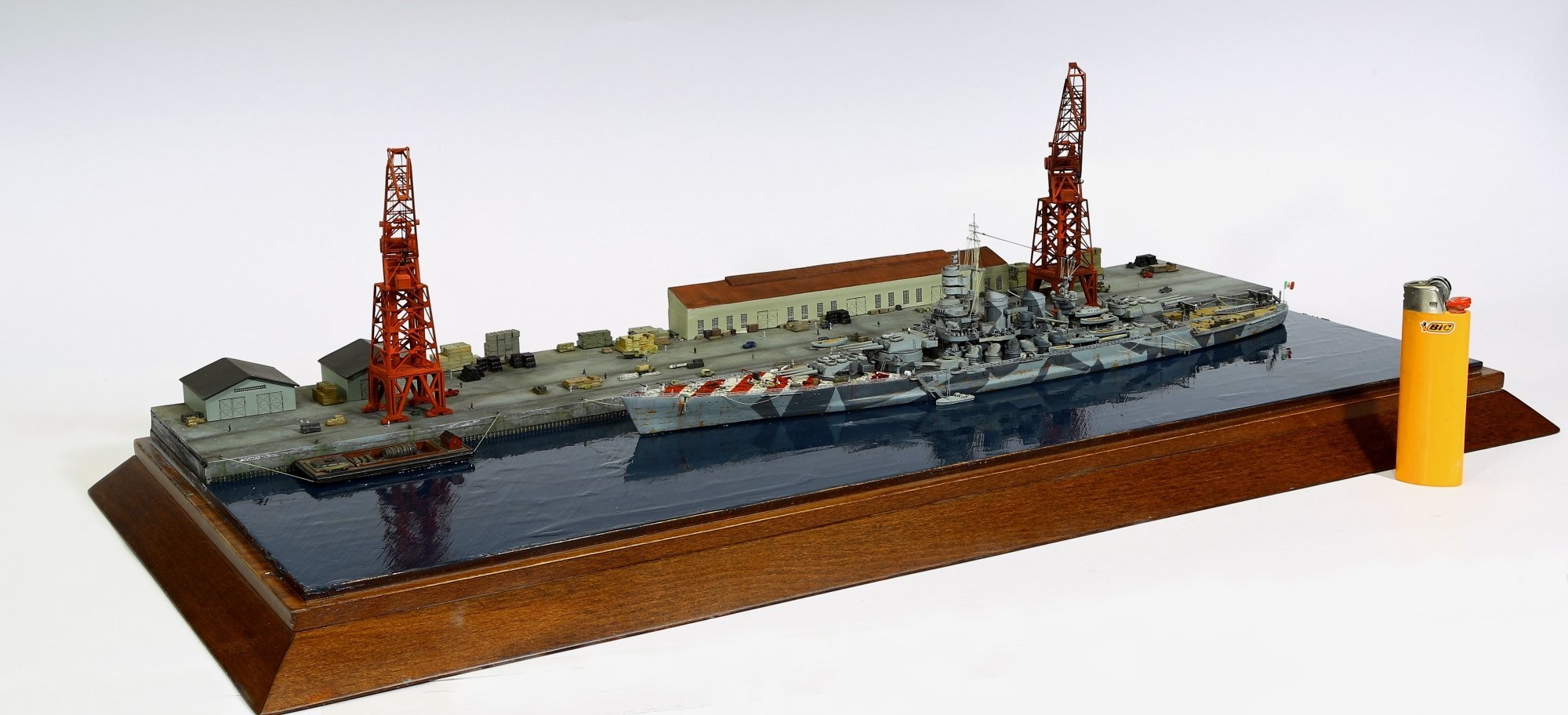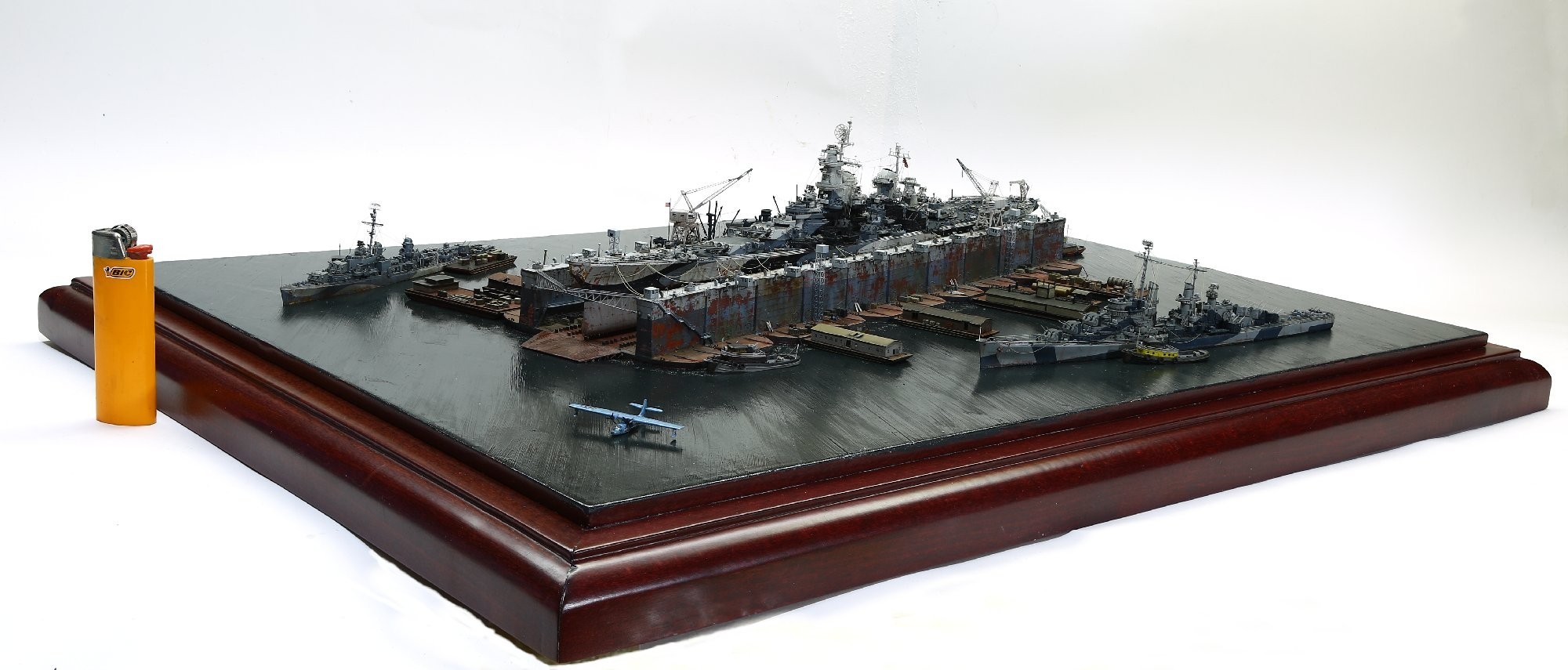Brief History
USS Missouri (BB-63)
Missouri, American battleship, scene of the Japanese surrender on September 2, 1945, that formally ended World War II. The USS Missouri, one of four Iowa-class battleships that were completed during the war, numbered among the largest warships afloat, being 887 feet (270 metres) long and displacing 58,000 tons. The ship carried a main battery of nine 16-inch guns, each of which could fire a 2,700-pound (1,200-kg) shell to a range of 23 miles (37 km). Powered by eight boilers turning four steam turbines, each attached to a separate screw, it was capable of speeds more than 30 knots (35 mph [56 km (about 34.8 mi)/hr.). During the war, Missouri was staffed by a crew of more than 2,500.
Missouri was built at the New York Naval Shipyard and was launched and commissioned in 1944—the last battleship ever launched by the United States. The ship was assigned to various aircraft carrier task forces in the Pacific theatre and participated in shore bombardments during the landings at Iwo Jima and Okinawa in February and March 1945. In May 1945 it became the flagship of the U.S. Pacific Third Fleet under Adm. William F. Halsey, Jr., and in July 1945 it joined in a bombardment of the Japanese mainland. Chosen by Gen. Douglas MacArthur, the Allied supreme commander, for the surrender ceremony, Missouri entered Tokyo Bay flying the flag that had flown over the White House on December 7, 1941, the day of the Pearl Harbor attack that brought the United States into the war.
Missouri carried out shore bombardments and served in carrier groups during the Korean War (1950–53). In 1955 the ship was decommissioned, and it passed almost 30 years as a tourist attraction in the naval shipyard at Bremerton, Washington. In 1986 it was recommissioned for service as part of Pres. Ronald Reagan’s plan to strengthen the U.S. Navy’s presence overseas. Armed with surface-to-air missiles and cruise missiles as well as its formidable main guns, Missouri served in the Persian Gulf War of 1990–91. It was decommissioned again in 1992. In 1999 it was opened as the Battleship Missouri Memorial, near the USS Arizona National Memorial in Pearl Harbor, Oahu, Hawaii.
Contents
The box is of the USS Missouri is quite strong and the carton tray which houses all the parts to build this historic ship is reinforced, now the artwork on the box depicts the Iowa class battleship the USS Missouri from a painted picture with a Fantail launch Dora or similar cruising along the port side of the battleship, in the background four other naval ships of different classes and an aircraft carrier, further in the background is an island with a large mountain and further mountains along a range. I personally like the artwork it is very pleasing and will catch your eye. Once you open the box it is really filled with plastic with little room left so the sprues are light grey numbering twenty in total for which M is x five, L x two, K x three, plus two clear sprues, eight photo-etch sheets one full hull, one full deck main guns and secondary are all metal, one chain, one instruction booklet and lastly on colour sheet for painting the ship.
Review
Coming from an age when you bought a model boat, if you were lucky the hull came in two pieces so now looking at a full hull, I feel that I came too early in this modelling world! It is noticeably clear the vantage you gain by having the full hull in one molded piece with no twists when sticking them together, it makes the whole battleship more solid. The detail to the hull is what you would expect with steel panels all joined together. The lines are clean and certainly give a sense of just how big this and other Iowa class battleships were.
The one-piece deck is quite amazing in the detail it carries and gives you an idea of the wooden decks one bit I feel is unfortunate the deck at the bow of the ship does not sit flush and would need to be filled albeit a millimetre or two, but it is right around the bow.
The first part of the superstructure is going to require some work as I have just found out why checking out dry fit there will need to be files and cutters to hand, and it is not going to be a quick fix.
This build is by no means a quick build as there is a large amount of photo-etch which makes the ship, especially with all the intricate detail another plus is the metal barrels for the main guns and secondary guns. One of the first parts of using photo-etch is on the second page with forty-eight anti-aircraft guns means forty-eight photo-etch miniature shields. Going through all the different sprues the detailing on some of these is quite amazing, like the parts for the smaller conning tower that housed the main battery directive with a Mk 13 antenna on top and a Radiac Detector has so much tiny detail it makes up for the work you would have to do on the main superstructure.
The superstructure itself carries great detail but has some bits left on the edges which I pointed out already but now going through C1 and C2 the main largest parts of the superstructure are suffering from the same issue. I will take a couple of further pictures to show you what I mean. The build does go back and forth a bit especially from the start of the build around the superstructure and it will with all the amazing photo-etch that is involved but that part of the build will be the making of this most famous of all Iowa Class battleships USS Missouri.
The clear sprues showing the float planes also look nice detail-wise of the Curtis SC-1 Seahawk which was aboard the USS Missouri when it came to Tokyo Bay to accept the surrender of the Japanese empire and finally end the Second World War. Some interesting facts about the SC-1 Seahawk could outclimb an F6F “Hellcat” to 6,000 feet, and out-turn an F8F “Bearcat”.
The SC-1 was the last of the scout observation types and was also the last single-engine float plane built by Curtiss-Wright Corporation. It was also the most highly developed float plane with vastly improved performance over earlier types. Power, range, and armament had doubled their usefulness. It was highly maneuverable and had two forward firings of .50 cal. guns, large flaps, automatic leading-edge slats for improved slow speed characteristics, and radar carried on the underside of the starboard wing proved extraordinarily successful during search missions. Space needed for stowage of the aircraft aboard the ship was minimized by folding the wings back manually, making the overall width equal to the span of the horizontal tail surfaces.
The instruction booklet is well laid out, and the build of the battleship is in 64 sections over 36 pages, it looks clear enough may need to have a close look at some of the build sections so that the Chinese translation as in the drawings has you building a part only to find that the next bit was to go on first.
Decals, there are fewer decals than I thought there would be after seeing a shot of Missouri flying various ensign-type flags from my Iowa Class battleships, so you have the national United States stars and stripes also The jack of the United States, referred to as the Union Jack by the U.S. Navy, is a maritime jack flag flown on the bow of U.S. vessels that are moored or anchored. The roundels for the aircraft and the white 63 for the USS Missouri.
Conclusion
This is a very impressive ship that has an outstanding historical history that spans a long period of time being commissioned in 1944 Launched from the Naval Shipyard in Brooklyn in 1944, USS Missouri entered the Pacific Theatre in early 1945. She participated in the invasion of Iwo Jima and Okinawa. She joined in on air strikes and shore bombardment on mainland Japan. Most famously, the battleship hosted the surrender ceremony of Japan on 2 September 1945. Saw action in the Korean War till being decommissioned in 1955, the battleship found new life in 1986. She participated in Operation Earnest Will in the Middle East, escorting Kuwaiti tankers flying under the U.S. flag. In the 1990s, Missouri returned to the Middle East to bombard Iraqi forces in Kuwait and Saudi Arabia and participated in the Battle of Kafji.In 1992, the battleship was decommissioned for the final time. In 1998, she opened her water-tight doors again as a historic museum.
Continuing the conclusion
So, what to expect from this kit as I have said before it is not going to be a straightforward build there are a few parts that will need attention surprisingly while making my way around the sprues I also came across some albeit minor flash. I do believe that a new tooled Battleship should be minus the flash and the access plastic on the superstructure C1 and C2 also on deck (B) making the fit tricky let alone the non-close fit to the Bow with the deck (B) which will have to be filled certainly on this one I have here. But with the bad comes the good and things like the metal barrels for the main guns as well as secondary guns especially the little secondary starts to lift your spirits. Add to this the amount of photo-etch which is for things like the radar aircraft launches cranes to retrieve the aircraft back to the deck metal chain for the anchor. So, all in all, a huge USS Missouri which if taken time to build and correct some areas which we have already looked at let alone the Historical value of this amazing battleship would be a talking point in anyone's collection my final gripe would be the price being disabled and unable to work the price coming in at £184.99 with the present issues with the energy crisis and the bills rising rapidly at this time I do feel it is a bit expensive, but please I am going on my circumstances for those that have the money and an interest in Battleships then even with the issues the of the kit itself it would be a fantastic addition to any modellers collection.


 This picture shows more clearly the armoured plates along the hull
This picture shows more clearly the armoured plates along the hull
